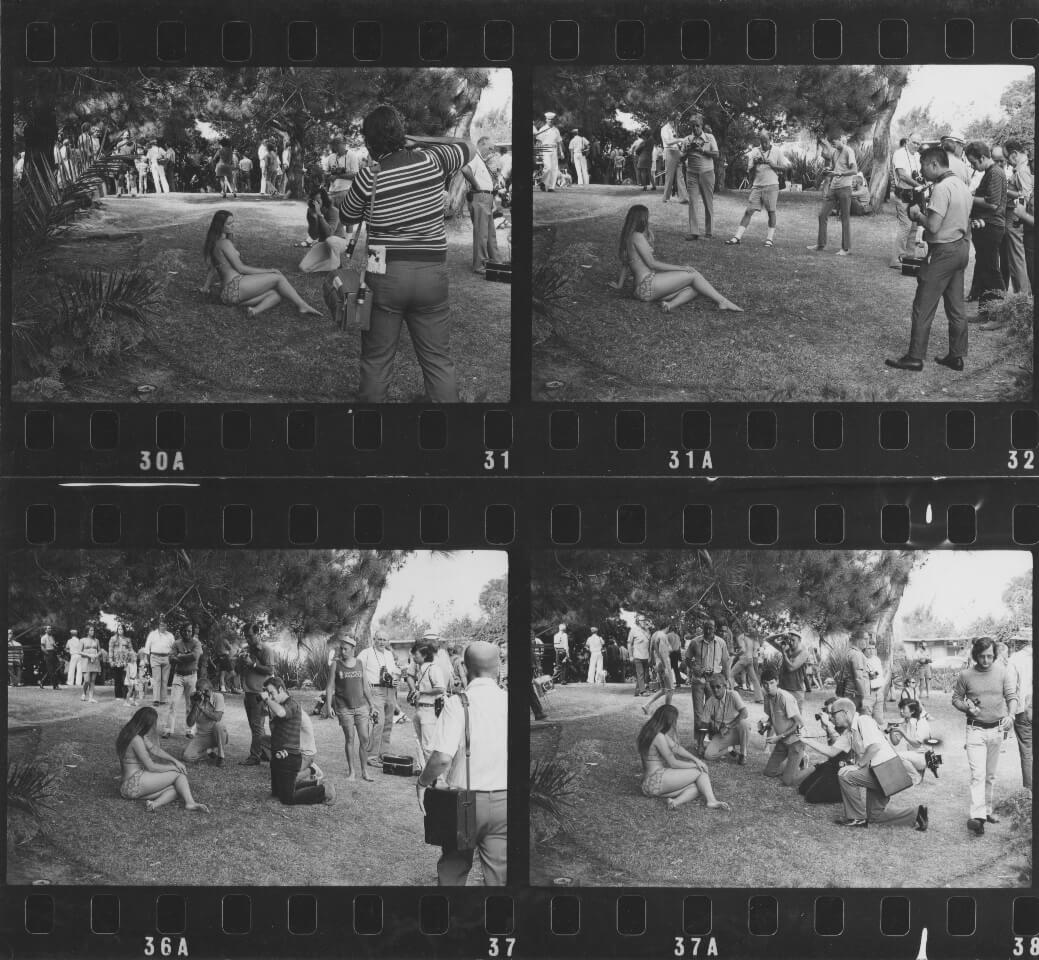For Fred Lonidier, the term “art” makes no sense unless it is rooted in its historical, political, social and economic soil. In this sense, the historic avant-gardes of the early twentieth century and more specifically the Soviet constructivists are a reference for the artist, since they clearly aimed to change society through their artistic activities. Other influences we can mention are the Marxist artist John Heartfield and above all the playwright Bertolt Brecht. In the earl [...]
For Fred Lonidier, the term “art” makes no sense unless it is rooted in its historical, political, social and economic soil. In this sense, the historic avant-gardes of the early twentieth century and more specifically the Soviet constructivists are a reference for the artist, since they clearly aimed to change society through their artistic activities. Other influences we can mention are the Marxist artist John Heartfield and above all the playwright Bertolt Brecht. In the early 70s, Fred Lonidier found himself at UCSD among an informal group of teachers including Phel Steinmetz, and students including Martha Rosler and Allan Sekula, determined to do away with the myth of the documentary photography of the kind espoused by Dorothea Lange and Walker Evans – of a history of depression-era America that had over time been completely emptied of its political edge to become an object of photographic history, in other words a museum piece. They wanted to formulate a new art of documentary making and they turned to the most contemporary form of the avant-garde: conceptual art. But unlike their colleagues on the east coast, such as Joseph Kosuth and Lawrence Weiner who perpetuated the notion of the autonomy of the art object cultivated by the painters of the New York School then by the minimalists, they used written text and photography to load them with social and political content.
From a very early age the artist has been committed to feminist and pacifist struggles. He studied at the University of California, San Diego at the time when Herbert Marcuse and Frederic Jameson were teaching there. In the early 1970s Lonidier was part of an informal group that included teachers such as Phil Steinmetz and students like Martha Rosler and Allan Sekula. From the 1980s he used his art to help workers’ trade unions, going so far as to hire a lorry to display his exhibition in front of factories. The CPG has already shown his work in collective shows and gave him his first institutional exhibition in Europe. For OSMOSCOSMOS, Lonidier presents a feminist critique of the depiction of women, documenting courses for amateur photographers being held in public parks with hired models.
